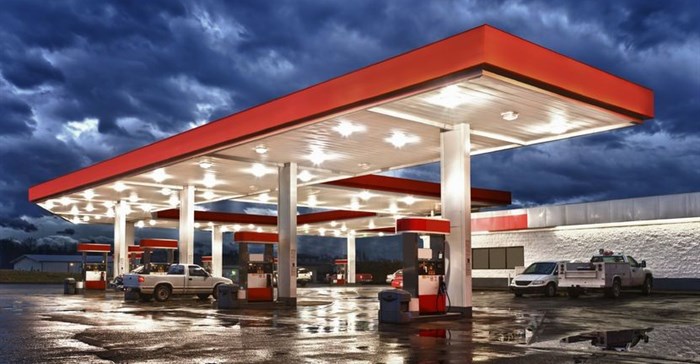Business
Petrol Stations Are Getting a Major Glow-Up – And It’s Not About the Fuel

Fuel sales may be slipping, but South Africa’s petrol stations are shifting gears — and it’s not just about topping up your tank anymore.
Your local forecourt is fast becoming the ultimate pitstop: part café, part convenience store, part co-working hub. Think flat whites on tap, grab-and-go meals, and Wi-Fi that actually works. And yes, you can still fill up your car while you’re at it.
According to Karen Keylock, Nedbank’s national retail services manager, fuel retail is on a long, slow decline — globally and locally. “The long-term expectation is a 9.2% decline in global value to $79 billion (R1.46 trillion) by 2030,” she told Daily Investor. The culprits? Better fuel efficiency, stricter emissions rules, and the rise of electric vehicles.
But here’s the twist: non-fuel retail is booming. Global forecourt retail value is expected to jump 36% to $30 billion (R552.76 billion) by 2030. And South Africa’s following suit.
“Forecourt convenience store turnovers increased by 14% last year alone,” Keylock revealed.
Despite a 7.6% drop in local fuel sales over the past five years, SA forecourts aren’t scaling back — they’re leveling up. The average South African visits a forecourt about 10 times a month, often for reasons that have nothing to do with petrol.
-
74% of visits are for groceries
-
68% grab takeaways
-
Others stop for ATMs, coffee, or a break from the road
Basically, petrol stations are evolving into mini lifestyle hubs.
Beyond the Pump: A Shift in Strategy
The Fuel Retailers Association (FRA) is also pushing for a mindset shift. Fuel stations, they argue, should be viewed as ecosystems — spaces where fuel, food, finances, and even fashion can co-exist.
Keylock puts it simply: “This means replacing the old-school corner café with a multifunctional stop that fits into people’s busy lives.”
Globally, the trend is even more advanced. Countries like Thailand, Brazil, and Japan are leading the charge. Thailand’s Café Amazon, for instance, has grown into the world’s sixth-largest coffee chain — all from a fuel station base.
Mark Wohltmann of the US-based National Association of Convenience Stores believes design is the next game-changer. “Prioritising atmosphere over pure function creates an experience,” he said at the recent FRA Conference. His advice? Make fuel the backcourt, and lifestyle the star.
What’s Brewing at the Forecourt?
Coffee, for starters — and not the sad kind. Wohltmann’s research suggests:
-
50% of fuel stations globally offer basic filter coffee
-
23% offer light barista-style options
-
The top 15% go full café-mode: comfy seating, great coffee, proper food, and a vibe
And that’s where the future lies.
“Consumers want convenience with quality,” says Wohltmann. “Forecourts need to be more than functional — they need to feel good.”
This is particularly relevant as urban spaces get denser and work-life trends shift. Picture a space where you can do laundry, grab a gourmet sandwich, host a Zoom call, and buy tonight’s dinner — all while charging your car or filling up.
South Africa’s fuel stations are at a turning point. Fuel may no longer be the main attraction, but the potential for innovation, revenue, and lifestyle integration is enormous.
If your local garage still smells like petrol and serves stale pies, it might be time for a rethink. Because the future of fuel forecourts isn’t fuel — it’s people.
{Source Daily Investor}
Follow Joburg ETC on Facebook, Twitter , TikTok and Instagram
For more News in Johannesburg, visit joburgetc.com















